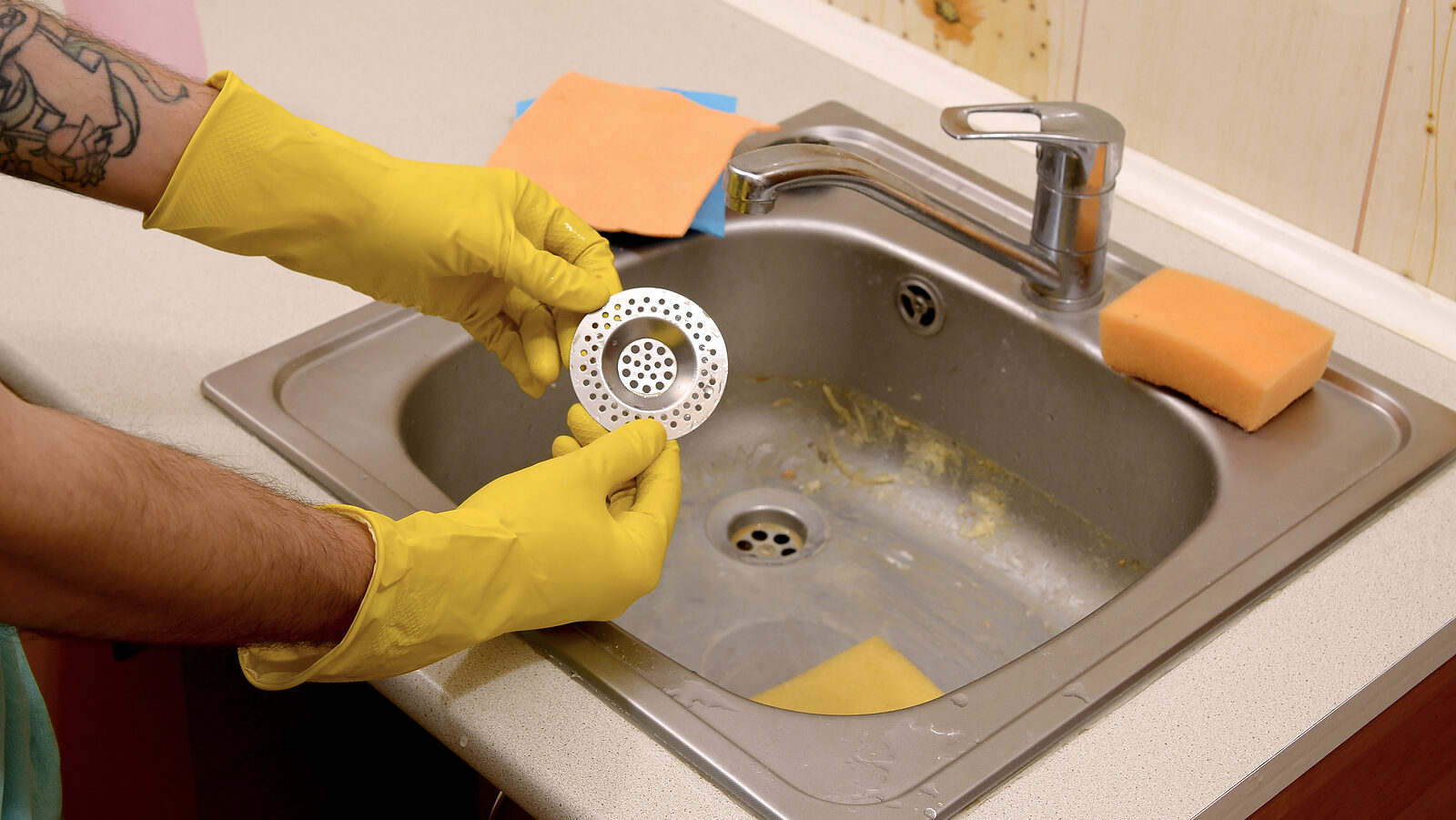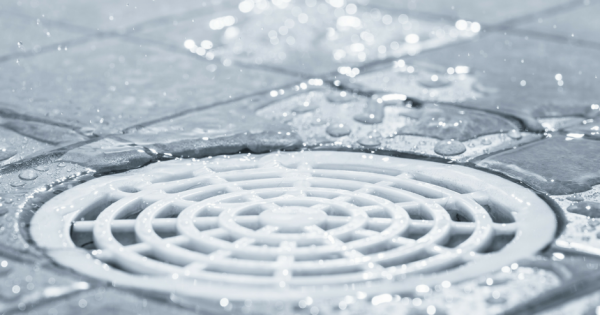Pointers for Addressing a Blocked Drain Before Engaging Professional Assistance
Pointers for Addressing a Blocked Drain Before Engaging Professional Assistance
Blog Article
Right here in the next paragraphs you can find a bunch of first-rate content pertaining to Tips for Dealing with Clogged Drains and Sewer Lines.

Intro
Handling a blocked drainpipe can be an aggravating experience, interrupting day-to-day activities and potentially causing damage to your home. However, before connecting to pipes experts, there are actions you can take to resolve the problem yourself. In this guide, we'll explore do it yourself remedies and preventive measures to deal with an obstructed drain effectively.
Recognizing the Issue
The primary step in dealing with an obstructed drainpipe is identifying the indications. Slow drain, gurgling sounds, foul odors originating from drains, or water backing up prevail indicators of an obstructed drainpipe. Recognizing these indicators early can aid prevent even more problems.
Picking the Right Plumbing Solution
When picking a plumbing solution, think about elements such as experience, licensing, and customer evaluations. Choose a trustworthy plumbing professional with a track record of top quality craftsmanship and clear rates practices.
Expense Considerations
The expense of professional drain cleaning services can differ depending upon the extent of the blockage and the plumbing technician's rates. Demand quotes from several companies and ask about any type of added fees to guarantee transparency and avoid surprises.
Safety and security Precautions
When attempting do it yourself drainpipe cleaning, focus on security. Put on safety handwear covers and glasses to avoid contact with unsafe chemicals or microorganisms. Never ever mix various drain cleaning products, as this can produce unsafe fumes.
Case Studies
Real-life instances illustrate the efficiency of DIY services and the importance of timely professional treatment in dealing with drain blockages.
Common Root Causes Of Blocked Drains
Recognizing the factors that add to drain blockages is crucial for reliable resolution. Typical perpetrators consist of hair, soap scum, grease, food debris, and foreign things like hygienic products or paper towels. Tree roots getting into below ground pipelines can also trigger significant obstructions.
DIY Solutions
For small clogs, a number of do it yourself solutions can be effective. Putting boiling water down the drain can assist dissolve oil and particles. Sodium bicarbonate and vinegar or a blend of salt and baking soft drink can work as natural cleansers. Making use of a bettor or pipes snake to displace obstructions is one more choice.
Tools and Tools
Having the right tools on hand can make do it yourself drainpipe cleaning up extra reliable. A bettor is a flexible tool for removing obstructions in sinks, bathrooms, and showers. A pipes serpent or auger can reach deeper clogs, while drainpipe cleaning chemicals can be utilized cautiously for stubborn obstructions.
Safety nets
To prevent future blockages, taking on preventive measures is critical. Mount drainpipe guards or strainers to catch hair and particles before they get in the pipelines. Consistently flush drains with hot water to liquify oil build-up, and avoid disposing of grease or strong waste away.
When to Call a Specialist
While DIY options can settle small blockages, certain signs indicate the demand for professional support. Persistent clogs, foul odors in spite of cleaning efforts, or several drains pipes backing up concurrently are warnings that require skilled treatment.
Verdict
By following the suggestions detailed in this overview, you can effectively take on blocked drains pipes and avoid future pipes problems. Whether choosing do it yourself options or seeking specialist aid, prompt action is essential to preserving a healthy and balanced pipes system and preserving the stability of your home.
How to Clear a Clogged Drain Yourself (And When to Call In the Professionals)
What Can Clog a Drain
Dirt Skin flakes Hair Grease Soap scum Food Offset pipes Tree roots Small objects Mineral buildup DIY Tricks to Unclog a Drain
You can fix this! Once you have identified the source of the clog (or have a vague idea), you can try one or a combination of these fixes in order to clear your plumbing.
Wire Hanger or Snake
Untangle and clear out hair from a drainpipe with a homemade snake. Use a straightened-out wire hanger with a 90-degree angle hook to locate the clog and drag out any unwanted material.
Remember not to push the clog further down to where the wire hanger cannot reach! If you need to follow up with a plunger, give it a try. Your efforts might be more successful after it’s been wire-snaked.
If you want to get fancy and don’t have a wire hanger to spare, head to the store and pick up a hand-operated drain snake. You can get one for $10-$30. It may save you the hassle, and provide additional length to reach deep into the clogged pipe.
Plunger
A cup plunger has a suction cup attached to a wooden handle. The rubber creates a seal around the drain, and increases the pressure force of the plunger.
Plunge for 30-second increments to loosen the clog. This may need to be repeated over the course of 15-20 minutes. Once plunged, run the water to flush the remaining material out of the drain.
Remember– never use a plunger if you have used a chemical drain cleaner. These chemicals can splash up from the force of the plunger and cause serious injury or burns.
Boiling Water
Hot water can sometimes break up materials into a flushable amount. Dirt, grease, and soap buildup requires heat in order to unstick from surfaces.
Take your kitchen kettle and heat your water to a boil. Once it reaches a rolling boil, pour it directly down the drain into the blockage. Carefully follow with plunging, if necessary.
Don’t worry if this takes more than one try! It can often take multiple kettles and repeated plunging in order to clear a particularly stubborn clog.
Chemical Drain Cleaner
As a last resort, pick up a bottle of chemical drain cleaner. Drain-cleaning chemicals are potent, and not very good for the environment.
You may need to wear protective eyewear in gloves before handling your bottle of chemical drain cleaner. Follow the instructions printed on the bottle, and flush with water as soon as the instructions allow. Do not follow with plunging.
Baking Soda and Vinegar
As a safer alternative to chemical drain cleaner, baking soda and vinegar can create a chemical reaction that clears tough clogs.
Combine one cup of cleaning vinegar with one cup of boiling water, and set aside. Once you have done this, pour half a cup of baking soda down the drain. Give the baking thirty seconds to settle and cover a large portion of the problem drain.
Following the baking soda, pour down your vinegar and hot water solution. Once the vinegar and baking soda combine, the mixture will bubble and fix. Let this reaction fizzle in the drain for about an hour.
After an hour, follow with a kettle’s worth of hot water. The heat and liquid should flush out any remaining material.
When to Call a Plumber
If your DIY attempts haven’t cleared your clog drain, it’s time to call in a professional. It’s not worth losing access to your kitchen sink or high-traffic bathroom. A clog in a vital area can keep you from the things you’d rather be doing, and derail your routine.
Anytime a clog is causing water to spread is a time to call in a plumbing service. What starts out as a little bit of water can quickly grow into serious, expensive water damage.
Additionally, a serious clog can result in burst pipes or serious leaks. Make sure you know when to take it seriously!
https://myguysnow.com/how-to-clear-a-clogged-drain-yourself-and-when-to-call-in-the-professionals/

I stumbled upon that piece on How to handle a clogged drain in your home when doing a search on the web. If you enjoyed reading our page kindly be sure to share it. I thank you for reading our article about .
Schedule Now! Report this page